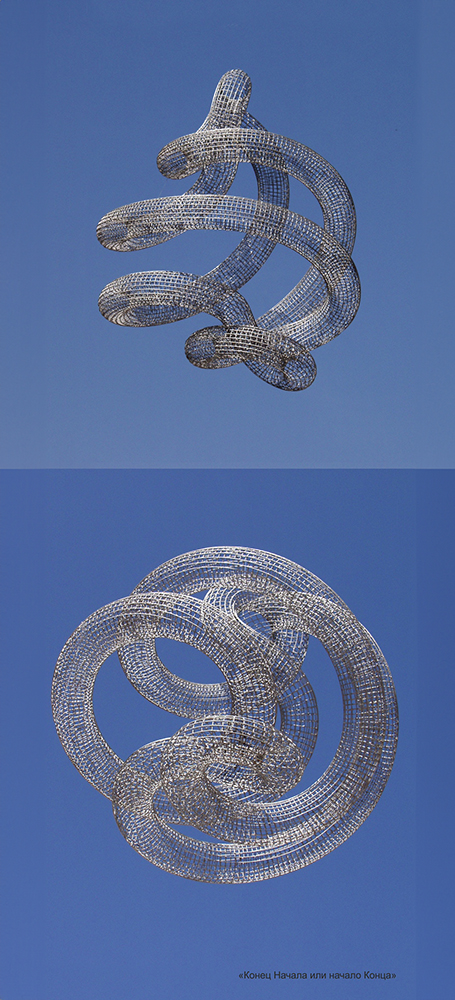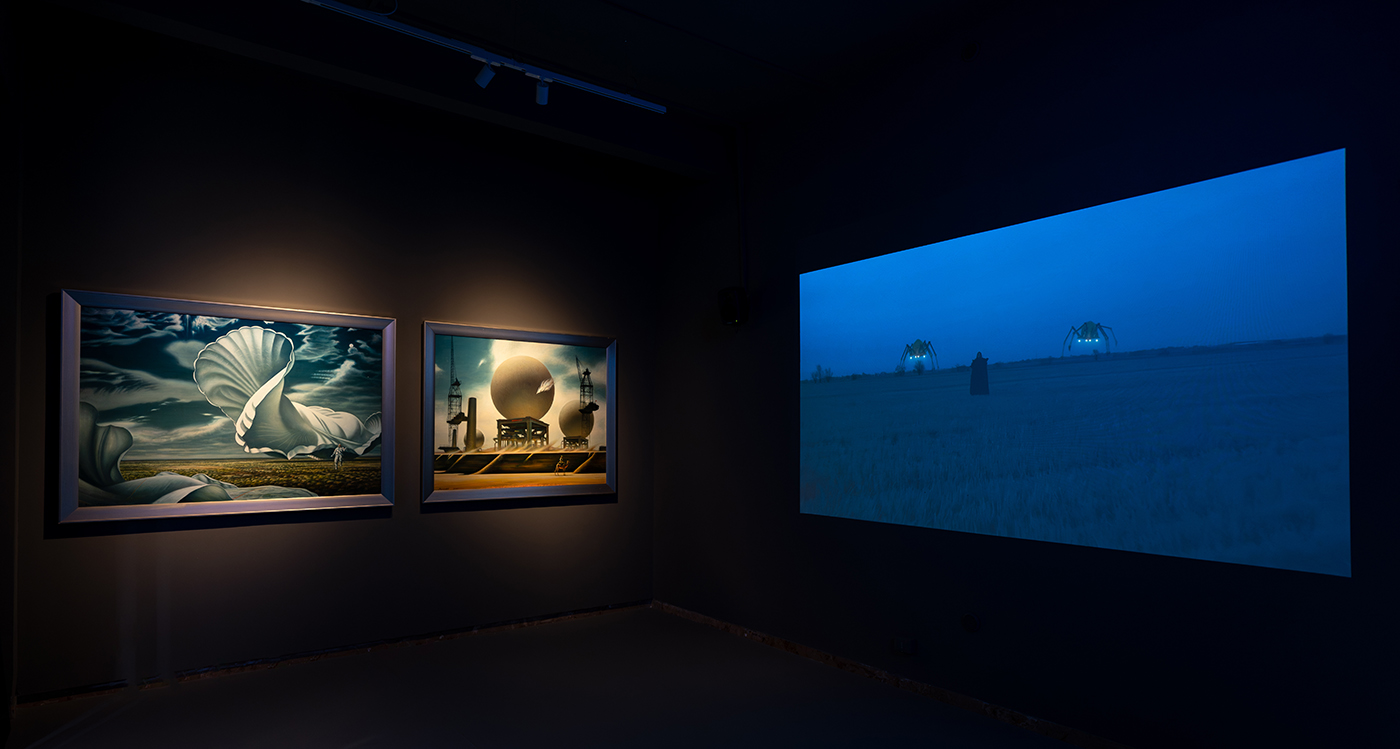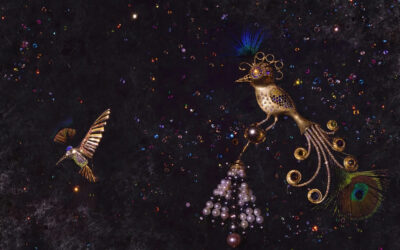If your summer holidays take you to Venice, I encourage you to visit the Kazakhstan Pavilion at the Biennale Arte 2024. The exhibition, “Jerūiyq: Journey Beyond the Horizon,” is housed in the Museo Storico Navale, a fascinating building worth visiting in its own right.
This unique exhibition offers a modern interpretation of the ancient Kazakh legend of Jerūiyq, inspired by the visionary journey of XV-century philosopher Asan Kaigy. Curated by Danagul Tolepbay and co-curated by Anvar Musrepov, the pavilion showcases Kazakhstan‘s commitment to cultural heritage and artistic innovation.
The exhibition features works by renowned artists, including:
- Kamil Mullashev: A versatile artist known for his global presence and works that deeply connect with Kazakh heritage.
- Yerbolat Tolepbay: Celebrated for his masterful pieces that reflect Kazakh history and culture.
- Saken Narynov: An innovator in combining architecture and sculpture with science and philosophy.
- Sergey Maslov: Known for his unconventional methods and myth-infused art.
- The2vvo (Eldar Tagi and Lena Pozdnyakova): A nomadic art duo whose work integrates sound, visual arts, and performance practice.
- Anvar Musrepov: An artist and curator focused on new media, exploring themes of future and identity.
As you enter the pavilion, you will be immersed in a sound and visual installation that offers a deep dive into the vast steppes and rich roots of Kazakhstan. The curators have brought to the Venetian stage not only masters like Kamil Mullashev but have also captured the very essence of the Kazakh landscape and identity through their choices. Relax on the large cushions and let yourself be enveloped by the mesmerizing sounds. This environment invites you to let your mind fly over the wide landscapes, experiencing the exhibition’s visionary future where human and non-human entities converge in a reimagined utopia.
“Jerūiyq: Journey Beyond the Horizon” aligns with the Biennale Arte 2024‘s main theme, “Stranieri Ovunque – Foreigners Everywhere,” which focuses on the concept of the “Other” and diverse cultural narratives. The exhibition delves into themes of postcolonialism, mass migration, and decolonial futurism, presenting a reimagined narrative that contrasts with Western-centric depictions of militaristic scenarios.

Saken Narynov – The End of the Beginning or the Beginning of the End

Yerbolat Tolepbay – New Child, Rebirth 2024 & End of the world, 1985
Chronology of Utopian Imagery
Tracing back to the 1970s, the exhibition highlights the development of utopian thought in Kazakh art, presenting a rich tapestry of visionary ideas that have evolved over decades. Beginning with early works that imagined Kazakhstan as a land of cosmic possibilities, such as Kamil Mullashev‘s “Earth and Time,” the exhibition takes visitors on a journey through the transformative power of art in envisioning alternative futures. These early pieces laid the foundation for Kazakh artists to explore themes of utopia and dystopia, responding to both local and global contexts. The exhibition captures the spirit of resilience and hope that characterizes Kazakh art, showing how artists have continuously pushed the boundaries of creativity and thought, seeking to redefine their cultural and artistic identity.
Visionary Installations
Among the standout pieces is “Presence” by The2vvo, a groundbreaking work that utilizes artificial intelligence to create a generative multi-channel audio experience. This installation represents the cutting edge of contemporary art, blending technology and creativity to produce an ever-evolving soundscape. The generative nature of the piece means that no two experiences are identical, inviting visitors to engage with the artwork in a unique and personal way each time. This installation highlights the potential of AI to transform the art world, offering new ways of interaction and engagement. It serves as a testament to the innovative spirit of Kazakh artists and their ability to integrate modern technology with traditional artistic expressions.

Cultural Intersection
“Jerūiyq: Journey Beyond the Horizon” also delves into the intersection of traditional Kazakh culture with futuristic elements, vividly portrayed in pieces like “Mobile Block” by Saken Narynov. This work exemplifies the seamless blending of past and future, as it incorporates aspects of nomadic culture and cosmic stations. “Mobile Block” reflects the fluidity and adaptability of Kazakh traditions, illustrating how ancient practices can coexist with modern technological advancements. The piece invites viewers to contemplate the symbiosis between heritage and innovation, suggesting that the future is a space where cultural roots and futuristic visions can harmoniously intersect. Narynov’s work challenges conventional narratives, proposing a future that respects and preserves the richness of Kazakh culture while embracing technological progress.
“Jerūiyq: Journey Beyond the Horizon” is a transformative exhibition that redefines art, culture, and imagination, celebrating Kazakhstan‘s rich heritage in a global context. It invites visitors to explore alternative narratives, emphasizing the importance of preserving and honoring diverse cultural heritages.
by Alex Ivancenco Mas




